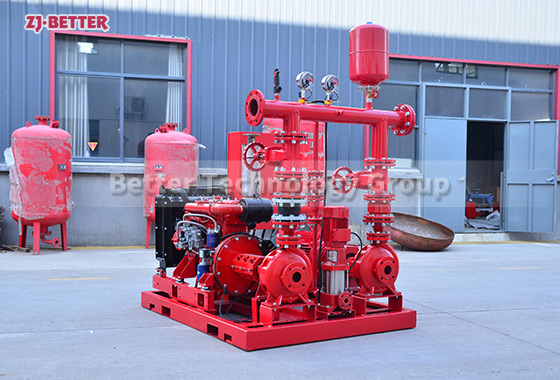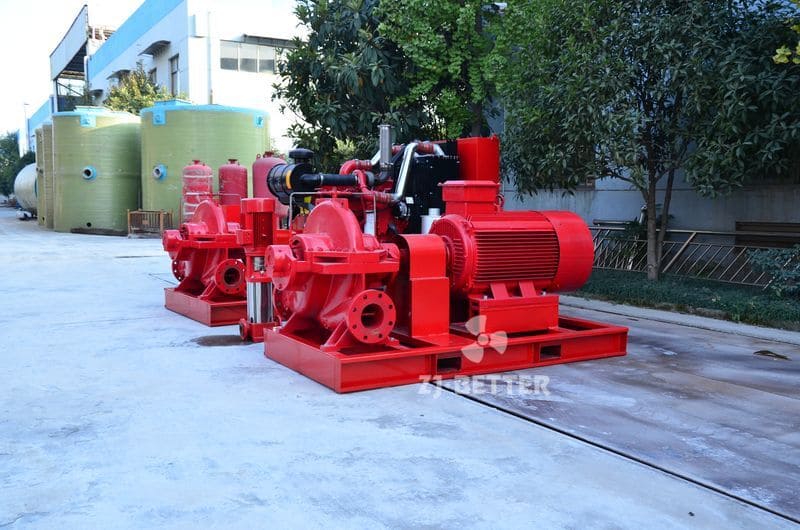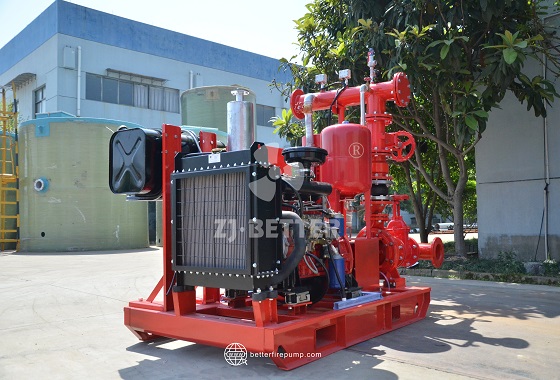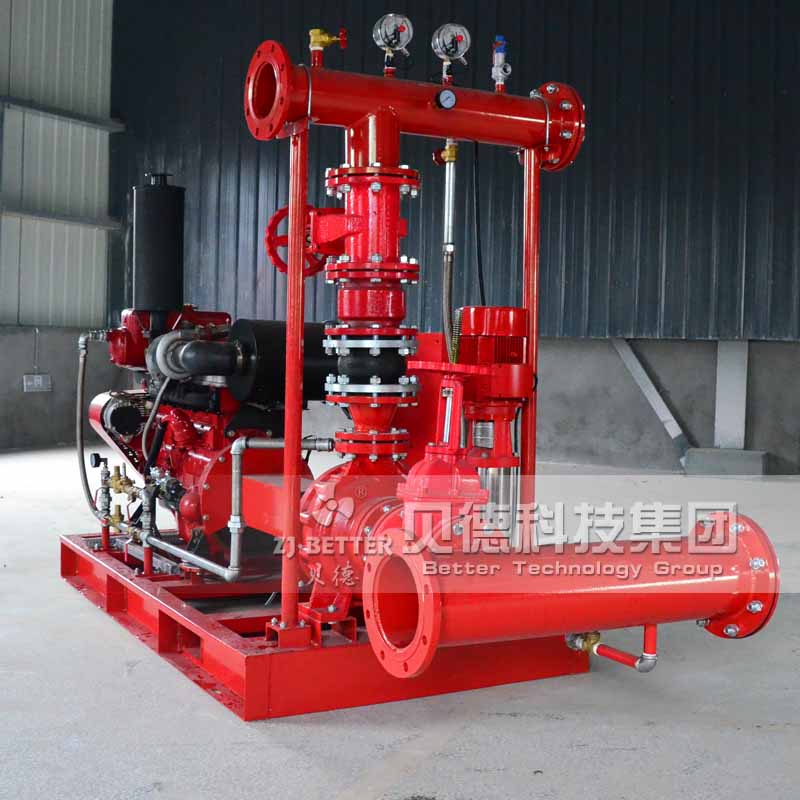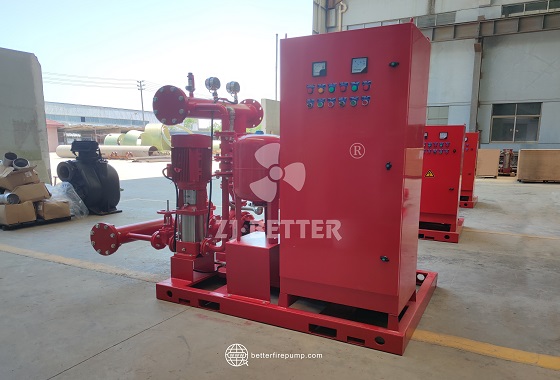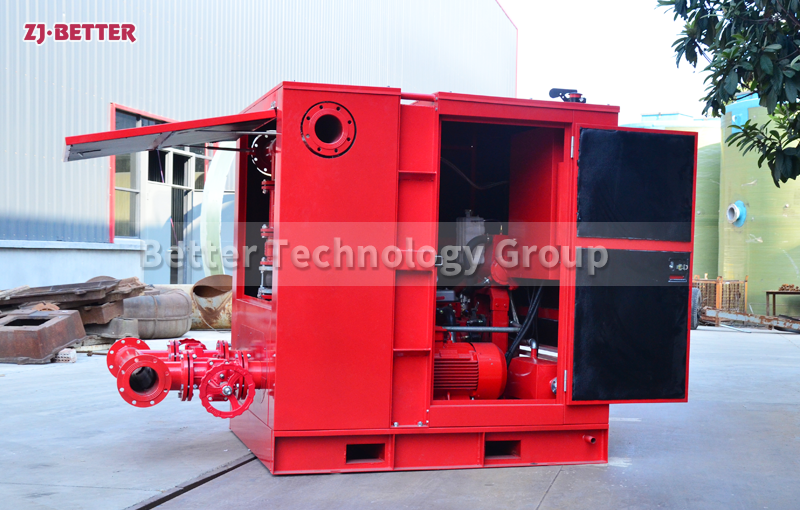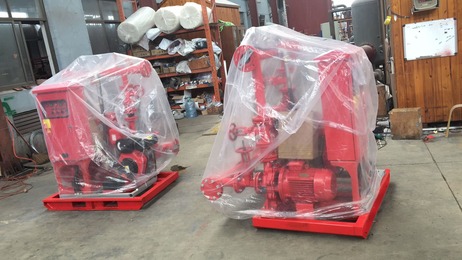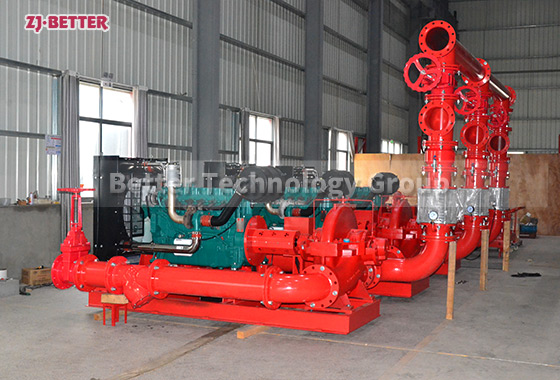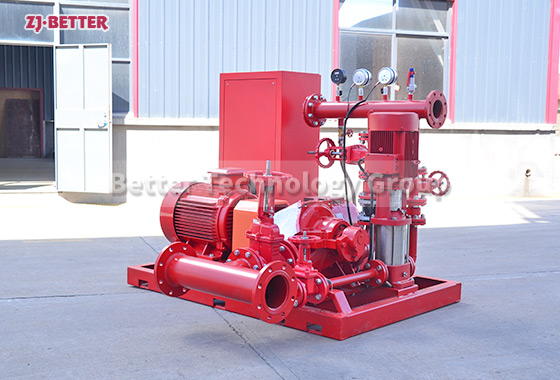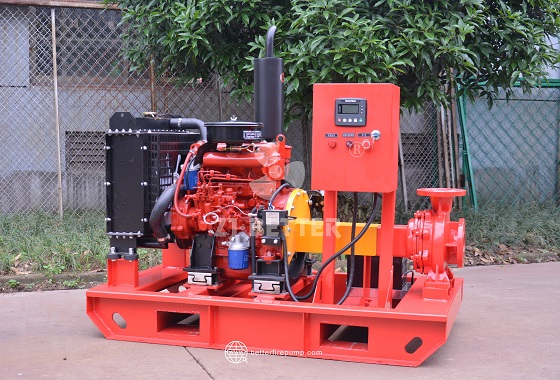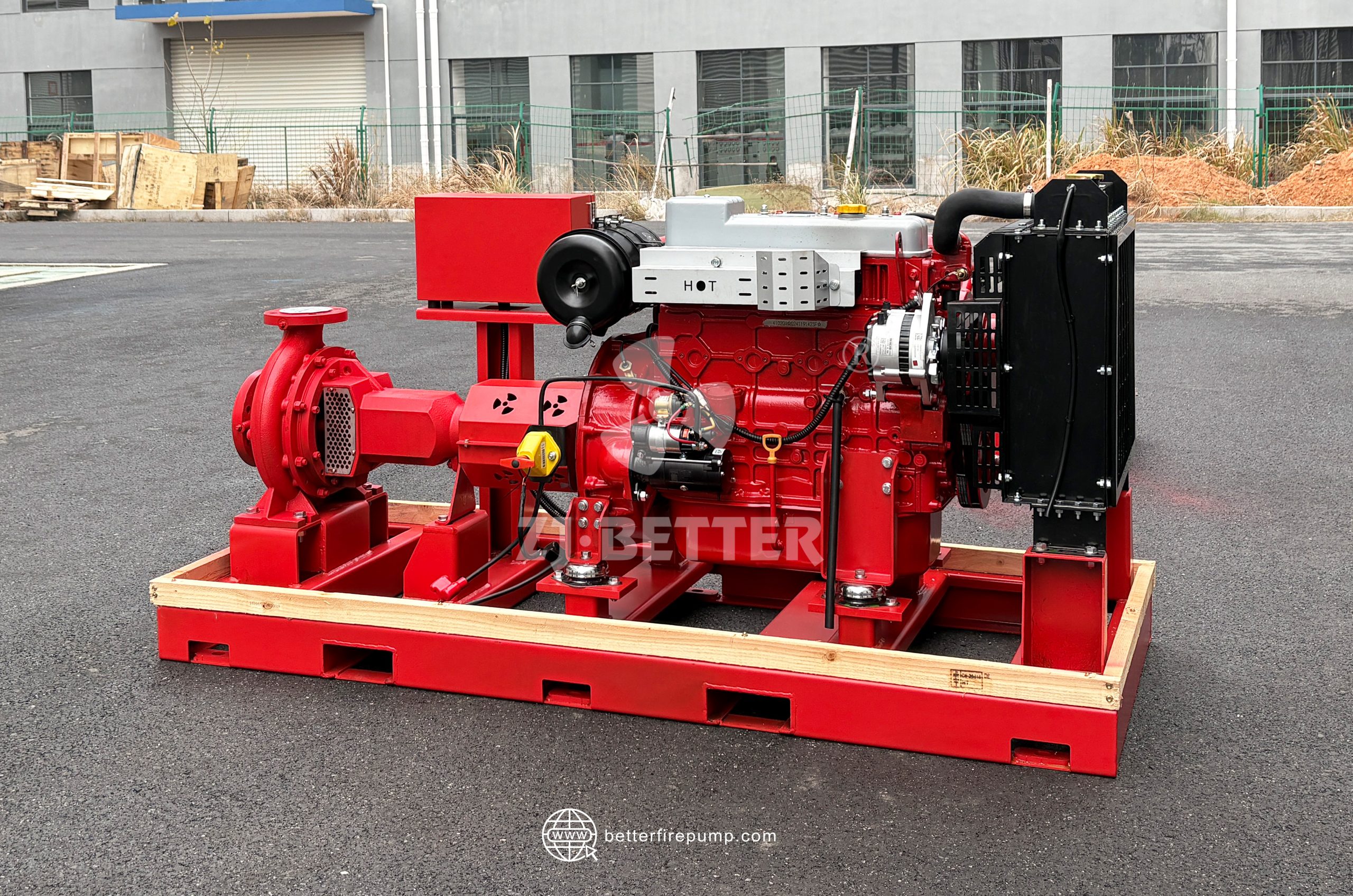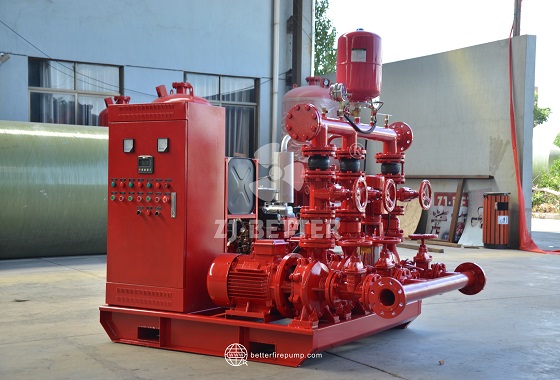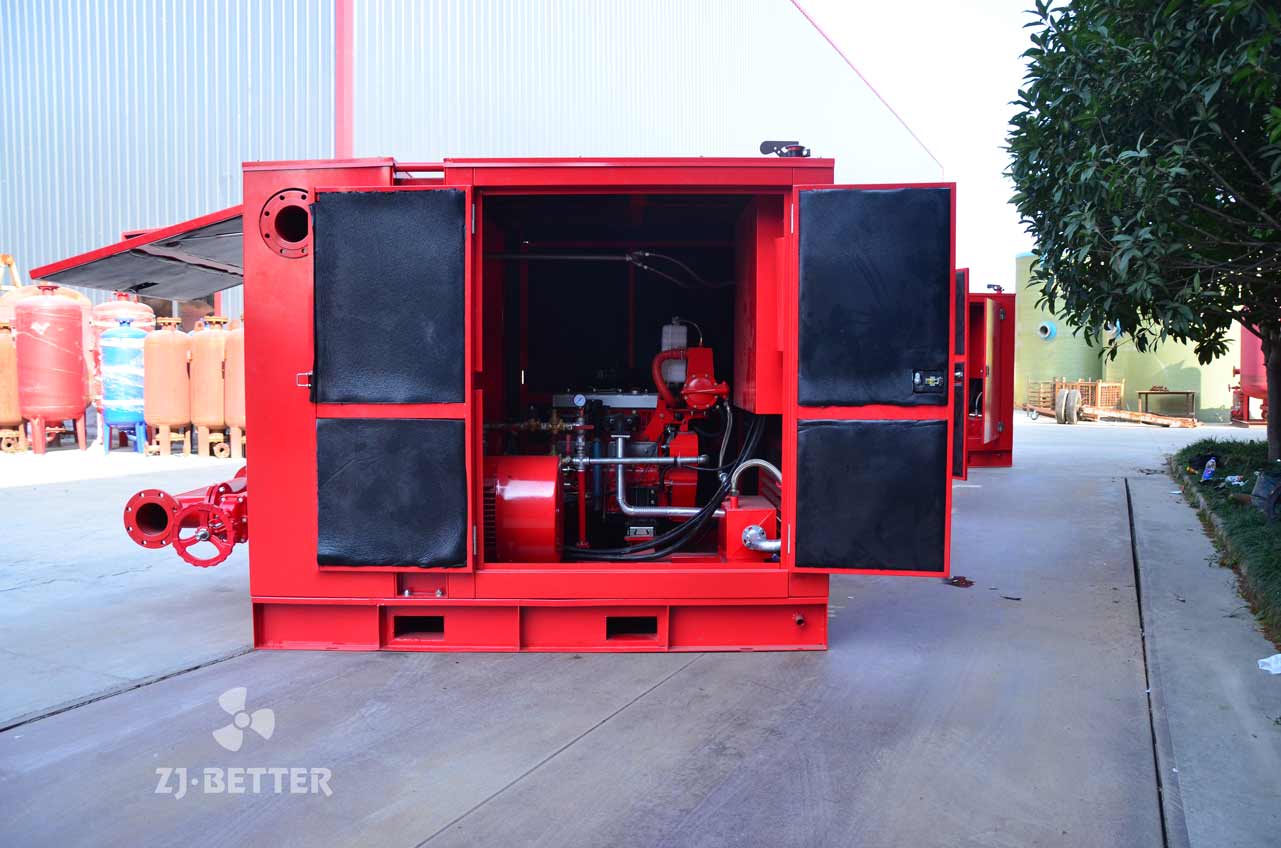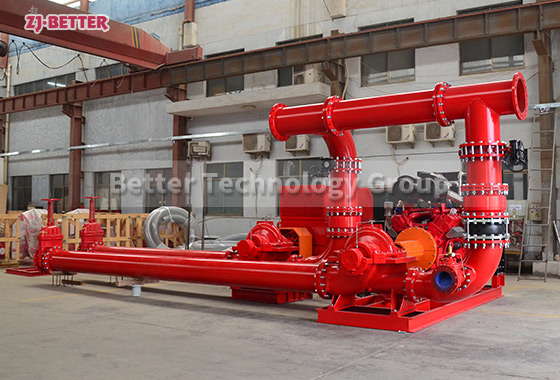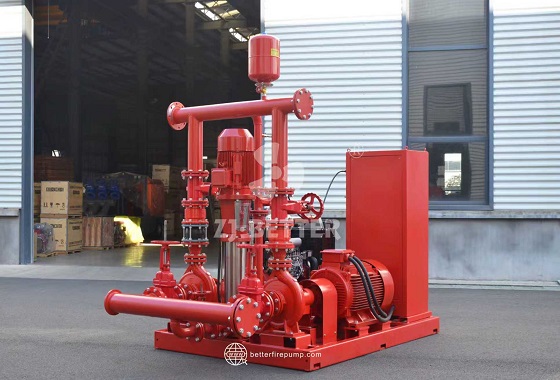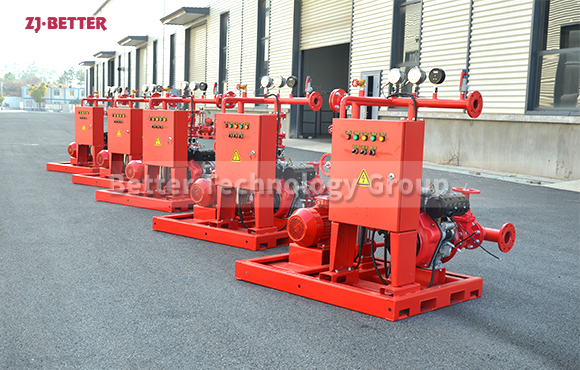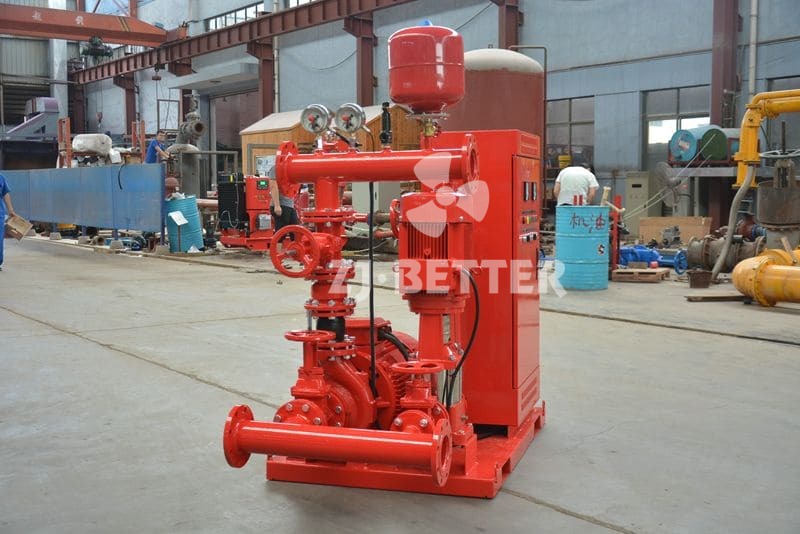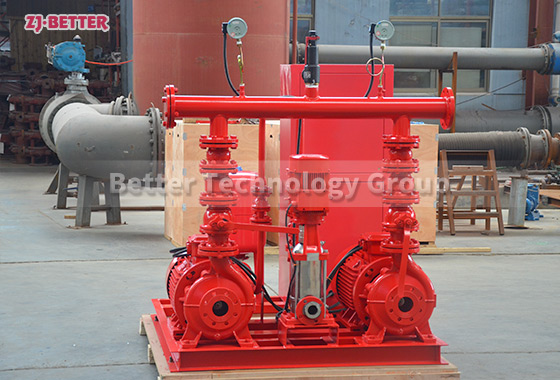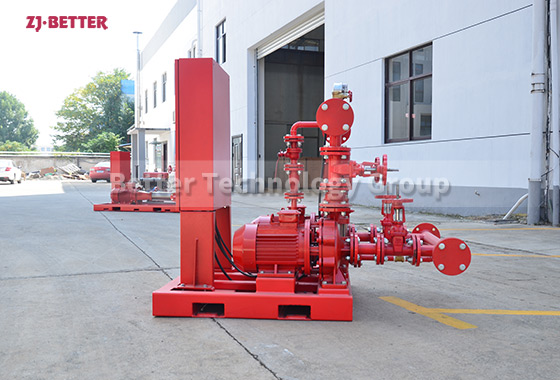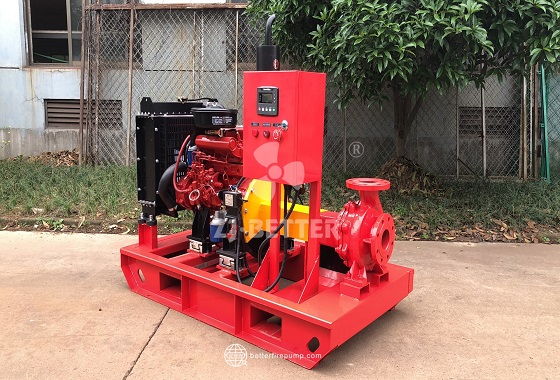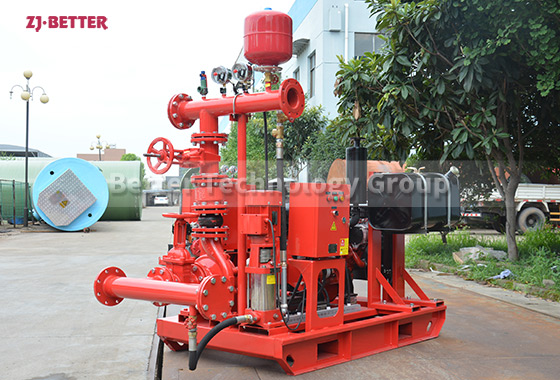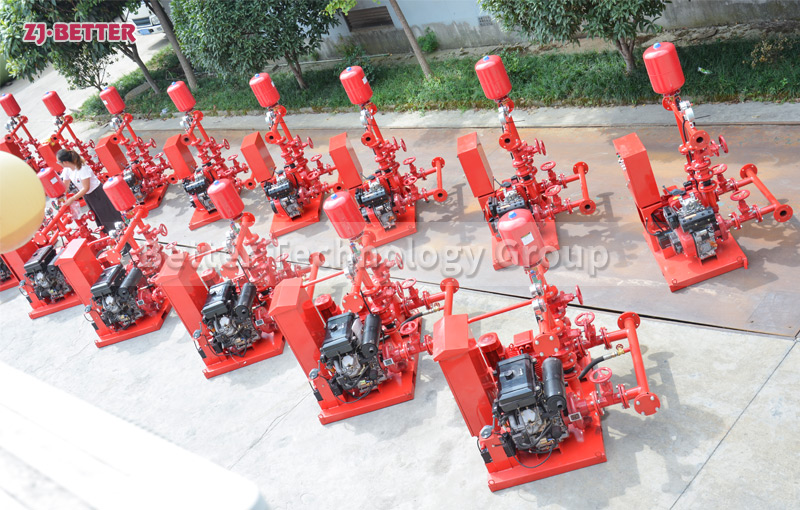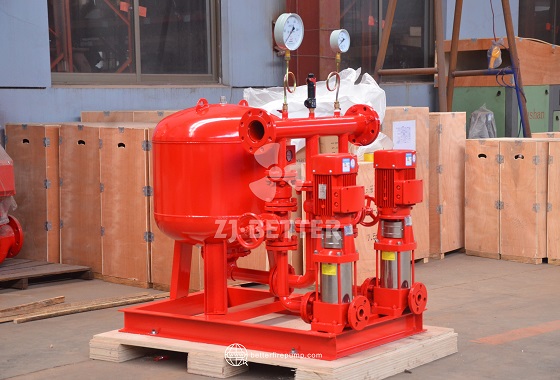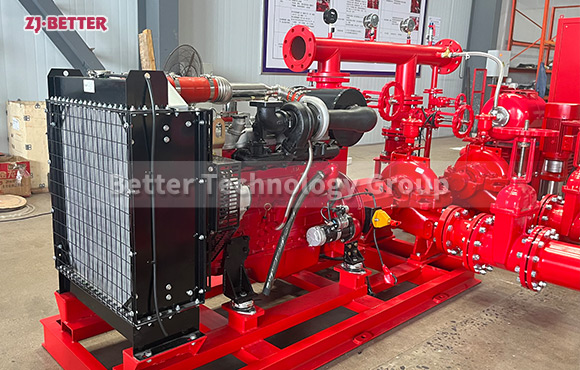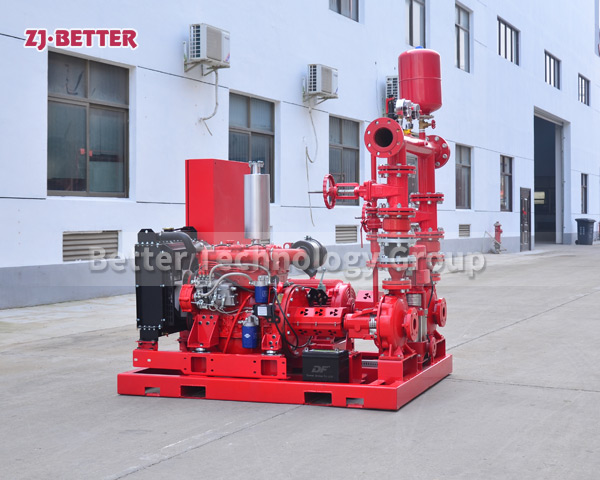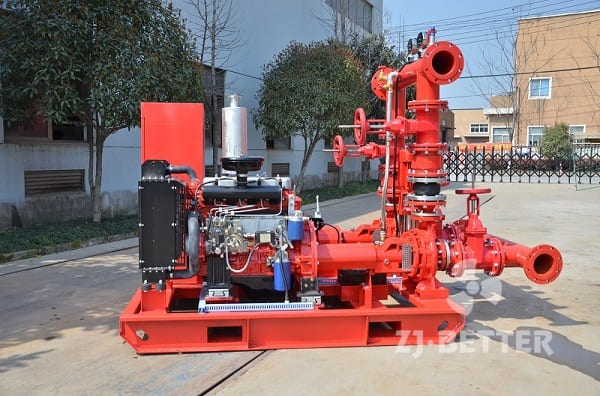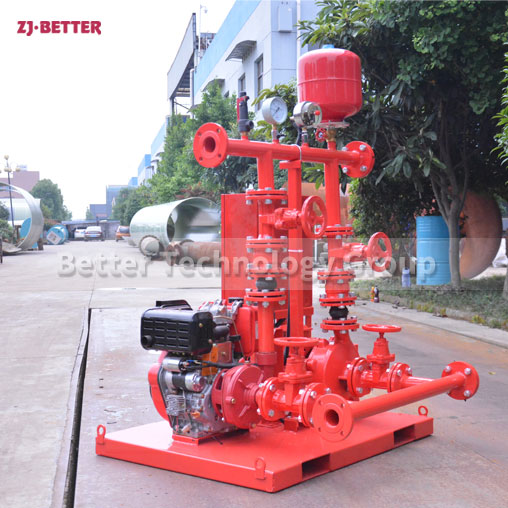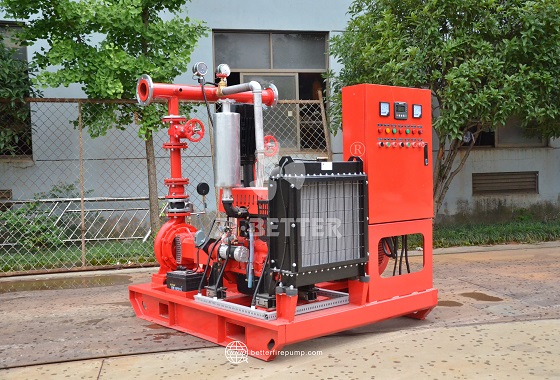What is the disassembly sequence of fire pump and diesel engine fire pump
1. Disconnect all electrical power to the fire pump and diesel engine.
2. Remove the fire pump and diesel engine from the mounting surface.
3. Drain the fuel from the fuel tank and disconnect the fuel lines from the engine.
4. Remove the hoses from the pump and the engine and drain the cooling system.
5. Remove the drive belt from the pulleys and remove the pulleys from the engine.
6. Remove the fan, flywheel, and starter motor from the engine.
7. Remove the cylinder head, piston rings, and other components from the engine.
8. Separate the pump from the engine and remove the impeller from the pump.
9. Disassemble the pump and engine into individual components.
10. Clean and inspect all parts for wear and damage.
11. Reassemble the pump and engine and reinstall on the mounting surface.
12. Reconnect the fuel lines and hoses and refill the cooling system.
13. Reconnect all electrical power to the fire pump and diesel engine.
1. Disconnect all electrical power to the fire pump and diesel engine.
2. Remove the fire pump and diesel engine from the mounting surface.
3. Drain the fuel from the fuel tank and disconnect the fuel lines from the engine.
4. Remove the hoses from the pump and the engine and drain the cooling system.
5. Remove the drive belt from the pulleys and remove the pulleys from the engine.
6. Remove the fan, flywheel, and starter motor from the engine.
7. Remove the cylinder head, piston rings, and other components from the engine.
8. Separate the pump from the engine and remove the impeller from the pump.
9. Disassemble the pump and engine into individual components.
10. Clean and inspect all parts for wear and damage.
11. Reassemble the pump and engine and reinstall on the mounting surface.
12. Reconnect the fuel lines and hoses and refill the cooling system.
13. Reconnect all electrical power to the fire pump and diesel engine.


